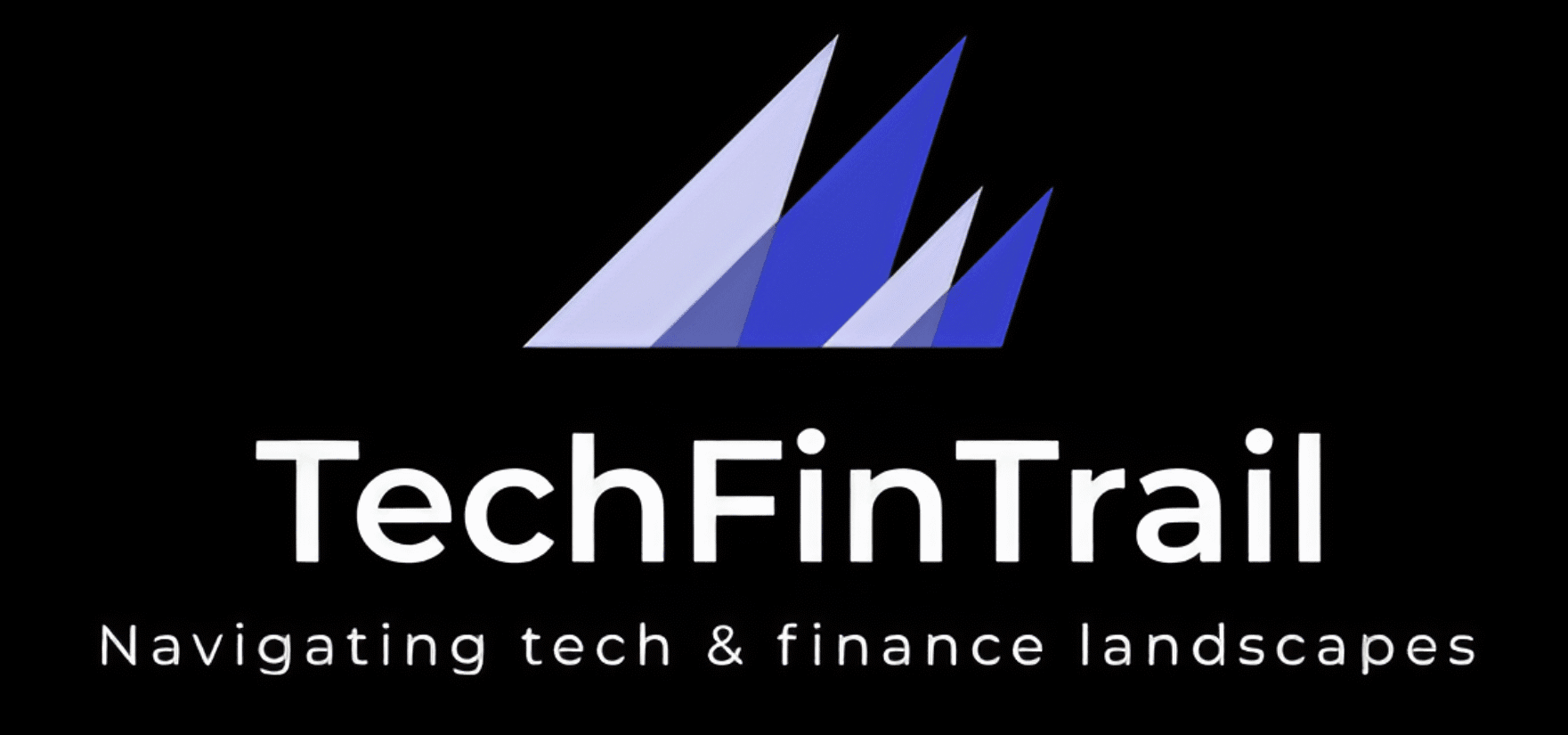
Generative AI is more than just a tech buzzword—it’s a true revolution, reshaping how we create, work, and solve problems. If you’ve browsed AI-generated art galleries, interacted with a chatbot, or read an AI-authored blog, you’ve already witnessed this breakthrough. But what exactly is generative AI, how does it work, and what are its implications?
Let’s explore this fascinating domain in plain language, with examples, tables, and tools you can actually use.
What is Generative AI?
At its core, generative AI refers to artificial intelligence capable of creating new content—ranging from images, music, and text to code, design, and even video. This differs from traditional AI, which focuses on recognizing, classifying, or sorting data.
| Traditional AI | Generative AI |
|---|---|
| Recognizes cats in photos | Creates an entirely new picture of a cat |
| Suggests movie genres | Writes a plot for a new movie |
| Predicts next word in a sentence | Writes a full, original article |
| Sorts emails into folders | Writes custom replies to emails |
Think of it this way: traditional AI is like a librarian—sorting, organizing, retrieving. Generative AI is like a storyteller or artist—creating something from imagination, using what it has learned from data.
How Does Generative AI Work?
Now, let’s dive a little deeper (without diving into rocket science!).
Generative AI is powered by machine learning (ML) and deep learning—particularly models known as neural networks. These systems are trained on massive datasets such as text from books, websites, or music samples. Over time, they “learn” styles, structures, and logic patterns—and then use this training to generate new content that mimics or blends what they’ve learned.
Common Generative AI Methods
| Model | What It Does | Common Use Cases |
|---|---|---|
| Transformer Models (like GPT) | Predicts sequences and semantic meaning | Chatbots, text creation, summarization |
| GANs (Generative Adversarial Networks) | Uses two AIs—one to create, one to judge | Deepfakes, synthetic images, art |
| VAEs (Variational Autoencoders) | Learns compressed representations and reconstructs with variation | Image and video generation |
| Diffusion Models | Adds noise and removes it step by step to create images | Photorealistic art, image editing (e.g., DALL·E 3) |
Learn more about Transformer Models (DoFollow)
See how GANs work in image generation (DoFollow)
Example in Action: GPT-4
OpenAI’s GPT-4, one of the most famous transformer models, was trained on billions of web pages, books, and documents. It doesn’t “think” like a human, but calculates the probability of what words should come next—making its text eerily human-like.
Check out OpenAI’s GPT-4 (DoFollow)
Where Do We Use Generative AI Today?
This tech isn’t just for labs—it’s already impacting millions every day. Let’s break it down:
| Industry | Use Case | Impact |
|---|---|---|
| Art & Design | AI-generated art (e.g., DALL·E) | New creative workflows and idea generation |
| Writing | Content drafts, blogs, poetry | Faster publishing, better brainstorming |
| Business | Automated reports, customer emails | Increased productivity |
| Music | Unique music composition | Lower barrier to music production |
| Education | Personalized quizzes and lesson plans | Tailored learning at scale |
| Software Dev | Auto-code generation | Speeds up development cycles |
Internal Link Suggestion: [Explore more AI applications in education and business in our technology blog] (link to your internal AI category or blog tag)
Real-World Use Cases
- Art: Artists use tools like Midjourney or DALL·E to create surreal, hyper-realistic, or even animated artwork using simple text prompts.
- Writing: Journalists and content marketers co-write blogs, email campaigns, and scripts using tools like Jasperor Copy.ai.
- Music: Platforms like Amper Music and Aiva allow anyone to compose soundtracks or background music with a few clicks.
- Customer Support: AI-generated responses now power live chats across platforms like Zendesk and Intercom.
Try Midjourney AI for stunning visuals (DoFollow)
Experiment with AIVA Music Composer (DoFollow)
Why Is Generative AI So Exciting?
What truly sets generative AI apart is its ability to create and collaborate.
| Benefit | Description |
|---|---|
| Creativity Amplification | Expands ideas, helping artists, writers, and coders innovate |
| Efficiency | Saves hours in content creation and design |
| Personalization | Customizes outputs for marketing, education, user experiences |
| Accessibility | Enables non-experts to produce high-quality work |
Imagine a startup founder generating brand ideas, product designs, and marketing materials—all before hiring a team.
Opportunities and Risks
While opportunities are immense, the technology also brings new concerns.
Opportunities
- Faster Workflows: Marketing teams create social media posts in bulk.
- Personalization at Scale: Educators tailor lesson plans to students’ learning styles.
- New Business Models: Freelancers sell AI-generated assets, like music loops or stock photos.
Concerns
| Issue | Risk Example | Why It Matters |
|---|---|---|
| Deepfakes | Fake celebrity videos | Erodes public trust, misinformation |
| Data Bias | AI echoing racial/gender stereotypes | May cause offensive, biased, or unethical results |
| Copyright/IP | Legal battles over generated content rights | Who owns AI-created works remains unclear |
| Job Disruption | Replacing designers or writers | May lead to layoffs and skill redundancy |
Read: How Deepfakes Threaten Democracy – Brookings (DoFollow)
Explore: AI Bias in Facial Recognition (DoFollow)
Human + AI = Best of Both Worlds
Generative AI isn’t a replacement—it’s a collaborator.
| Step | Human Role | AI Role |
|---|---|---|
| Ideation | Sets the story, defines goals, provides prompts | Suggests topics, outlines, styles |
| Creation | Reviews and edits | Generates first drafts, creative variants |
| Finalization | Adds emotional nuance, context | Polishes language, improves tone and formatting |
A powerful example? Hollywood screenwriters now use AI to brainstorm plots and dialogue but ensure the heart of storytelling stays human.
What’s Next for Generative AI?
This field is evolving rapidly. Expect breakthroughs in the next few years across every major sector.
| Area | Future Use Case |
|---|---|
| Medicine | Designing drugs, medical imaging, treatment visualization |
| Education | Real-time tutoring, adaptive testing |
| Entertainment | Fully AI-generated movies, interactive game plots |
| Software Development | Full app generation from natural language prompts |
| Legal & Policy | AI-written contracts, policy drafts with legal compliance |
Learn about AI in drug discovery (DoFollow)
Check out AI-powered tutoring on Khanmigo (DoFollow)
Conclusion: Generative AI—For and By People
Generative AI is not about machines replacing humans—it’s about expanding our potential. Like a digital paintbrush, it enables faster, smarter, more creative outcomes.
Whether you’re a student writing essays, an entrepreneur designing your brand, or a curious soul experimenting with poetry, this technology empowers you to create like never before.
Key Takeaways:
- Generative AI creates original content by learning from massive datasets.
- It is already transforming industries like writing, art, education, and software.
- The best use is collaborative, combining human insight with AI efficiency.
- We must balance innovation with ethical awareness, privacy, and fairness.
Want to Dive In?
Try tools like DALL·E, ChatGPT, Canva AI (DoFollow)
Learn the basics with Google’s AI Crash Course (DoFollow)
Explore more AI content on our [AI & Innovation Blog Section] (Internal Link Placeholder)






